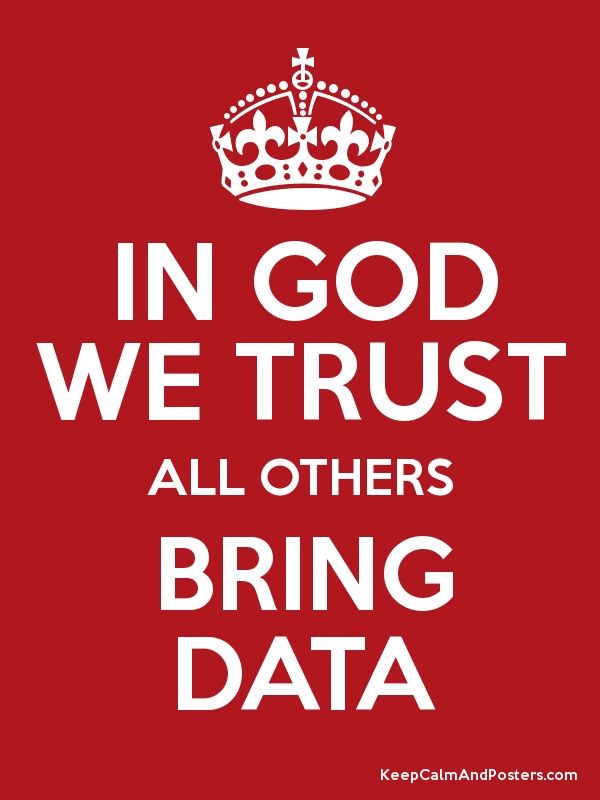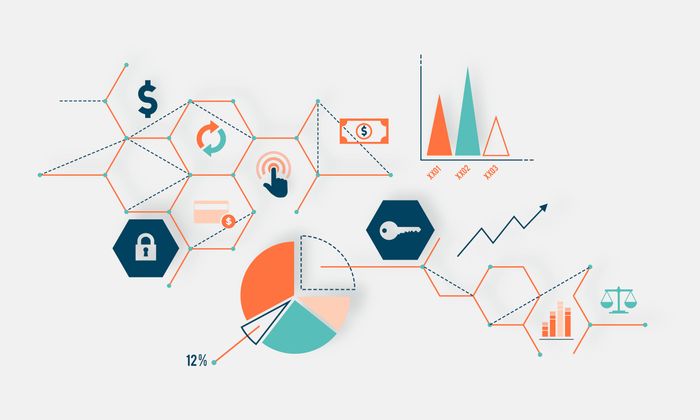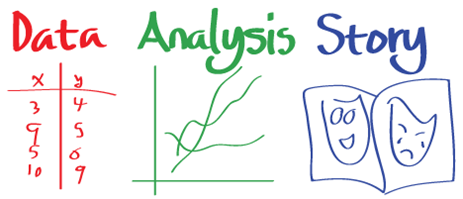Are you a Head Start Director looking for ways to successfully navigate the DRS process and elevate your program to the next level? Crafting an improvement plan can be difficult, but it is essential for refining best practices and achieving lasting success. A well-crafted plan will provide measurable goals, clarify expectations, identify resources, and position staff for success, all while helping maintain compliance with Head Start regulations.
There is a consensus that early childcare can have significant positive outcomes for low-income and other vulnerable children. The quality of the early childhood development center is the single most important factor impacting positive outcomes.
High-quality childcare results in better child outcomes for children. Quality childcare has small groups, a high ratio of adults to children, low staff turnover, family engagement and loving, nurturing relationships with teachers.
DRS: An Overview
The Head Start Designation Renewal System provides Head Start and Early Head Start programs provide the best services to children and families.
The DRS system has quality improvement in Head Start grantees using a wide range of improvement activities. Many HS/EHS programs dread the process. The DRS requires a systematic evaluation of your program, comprehensive improvements, and the writing of a thoughtful, well-crafted grant proposal. Yet, programs can survive, and even thrive during this process.
The DRS is often perceived as a crisis. Rahm Emanuel noted, “You never want a serious crisis to go to waste. And what I mean by that is an opportunity to do things you think you could not do before.” The DRS can be an effective catalyst for improvement.
Let’s get started using data-driven decisions!





